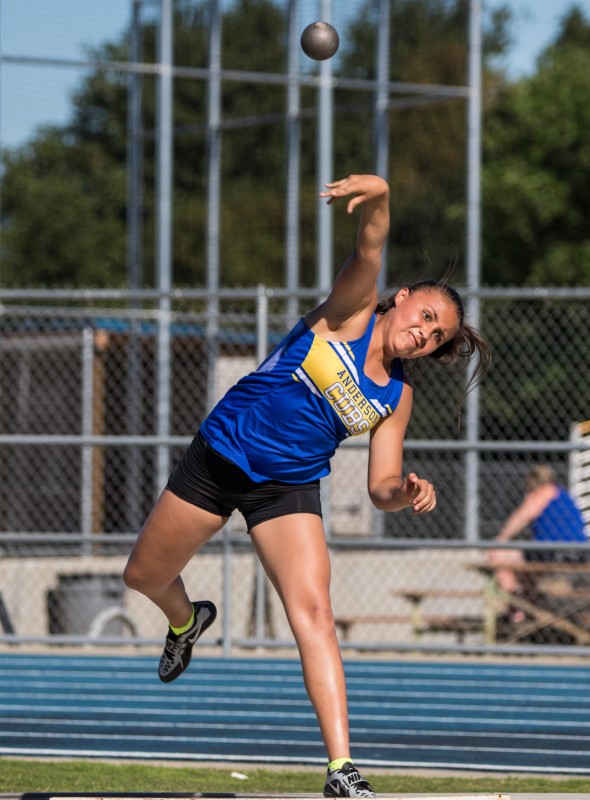
Recently I posted a tweet that started a lot of conversation and led to me receiving a lot of emails. My statement was that every training method is useful, and every training method is useless. Every research paper is useful, and every research paper is useless. Context is needed for all of these. What is perfect for one situation may be detrimental for another. I like an Oklahoma analogy for this: a hammer is a great tool and very useful, but it is not a great tool for washing windows.
While Twitter is no longer confined to 140 characters, it is still difficult to get across an entire point in its medium. I figured the best way to explain what I mean is to do it in article form. There are several things that I’m known for, such as being a proponent of the 1x20 method, autoregulatory progressive resistance exercise (APRE), and velocity based training (VBT). Each of these things is valuable, and each is worthless. Let’s go into the details of each.
1x20
Let’s start at the 1x20. In my opinion, for those who have a low training age, this is the best program. It’s a fairly moderate volume with a large selection of exercises. With my athletes who come in untrained, I have had remarkable success using this. They only have to focus on or get ready for one work set of major exercises. On numerous occasions, I have told the story of my hammer thrower who had a training age of zero. She got pinned by around 100 pounds on the squat when I started working with her, and at the end of the semester (not the year, so about 12 weeks later) she was doing sets of 20 with 185 pounds. Was it magic fairy dust in the program? No. Was it that she knew the set was 20 reps so she didn’t think of the weight as heavy, and therefore wasn't intimidated? Maybe. But the repeated motor patterns were advantageous to her. She didn’t know the movements, so this gave her a chance to do them three times a week and get good at doing them.
In my opinion, this is an excellent and balanced program for those getting started in training. However, this is not the end all, be all. No program is. At some point, this means of training will no longer enhance athleticism. For someone who has a high training age, this means of training is most likely inappropriate unless the individual is coming off an injury. For those who need far more targeted and concentrated loading periods to enhance results, this method will not be valuable.
APRE
The APRE is something I’ve been well known for. I think this is an excellent protocol to use for intermediate trainees. For beginners, it is far too stressful. For beginners, it has been shown that they adapt the same to single and multiple set protocols, so it makes no sense to start doing multiple set protocols with them. The intensity of going to technical failure makes no sense for the beginners either, as they typically don’t have excellent technique (I would usually call it serviceable, and for some that may be stretching the truth). Placing these athletes in a means of training that they are expected to break down may lead to poor motor patterns and injury.
For those with highly advanced training ages, this method may not be appropriate for enhancing strength. The loads and failure may be too taxing on the body. The long duration of repetitions may also cause the nervous system to slow down a bit, as it becomes used to moving slowly. Also, most of the time the advanced trainees will already be strong enough, and enhancing the strength on a general exercise won’t elicit a great adaptation that can be utilized in sport. The intermediate trainee who typically has excellent technique and moderate strength will excel with this means of programming. They have room for increases in strength and the technique to hold up to the type of programming, so they’ll flourish here.
VBT
VBT is another method I am known for. This is an extremely effective means for enhancing power and auto-regulating the athletes training loads for advanced trainees. For those who would continue to enhance results through power rather than strength, this is an optimal method of training. The increased feedback leads to an increased quality of rep as determined by velocity, which leads to an increased accumulation of quality training, which leads to enhancement of sports specific capabilities (Randall). VBT allows the athlete to continue improving their speed and power production capabilities after the traditional means of training have ceased their benefits. However, for VBT to be effective, it does require a great amount of absolute strength (I use a double bodyweight squat as a reference), a great level of technical proficiency at the exercise, and a great amount of trust with the athlete that they will put out full effort on every repetition. For those who aren’t as strong or lack technical proficiency, this method becomes dang near useless. If the technique isn’t there, they won’t be able to do the correct exercise for the adaptation, and this may also lead to injury. If the strength isn’t there, the athlete won’t experience the full benefit with aiding to convert the strength to usable power and, quite frankly, usually can’t utilize enough load to progressively overload a trait to cause a specific adaptation.
RECENT: Championship Nature Series: The Circles of Concern and Influence
At one point I attempted to do VBT with very weak women’s soccer players early on in my career, as I picked this up from Louie Simmons. I did an eight-week training cycle and didn’t see any improvements in power. I called Louie and asked him about this. His first question was, "How strong are they?” My strongest lady had a one-rep max of 175 pounds, and most were hovering around 125 to 150. This was the problem: maximal strength. They weren’t strong enough to create an overload in the movement to further the stimulus causing adaptation.
We could probably continue on and on with every training technique, programming style, or evaluative means and what it is appropriate for and what it is not. Anatoliy Bondarchuk, in his book Champions School, talks about how you must progress properly from each training program to the next. It is a sequential process. If you do not follow the proper process, you will lose the adaptation twice. You lose it in the immediate time period because the person did not possess the appropriate qualities needed to elicit the adaptation. It is lost the second time because the person already made an adaptation to the training stimulus previously and thus won’t make a massive adaptation. We need to try and gain a deep and clear understanding of each training paradigm — the whys, whats, and hows of its inner-workings, so we can comprehend when it is most appropriate to insert into the long-term, multi-year training process. I will concede that in some circumstances—private sector and professional sport—this may be rendered useless, as there is no long-term training thought and you are never sure of what the individual has done for a long time period before or after. In settings that are long-term training situations, you must understand the attributes and issues with each training methodology.
In a world of instant gratification and instant knowledge, we must be able to apply context to each situation. What is perfect for one athlete may be abhorrent for another. While there is much that is written on this, experience is the best teacher. Go in, try things, see what happens, and truly evaluate your program. Work with someone who knows statistics and can find out if something truly worked with your population.
Image courtesy of Michael Turner © 123rf.com











